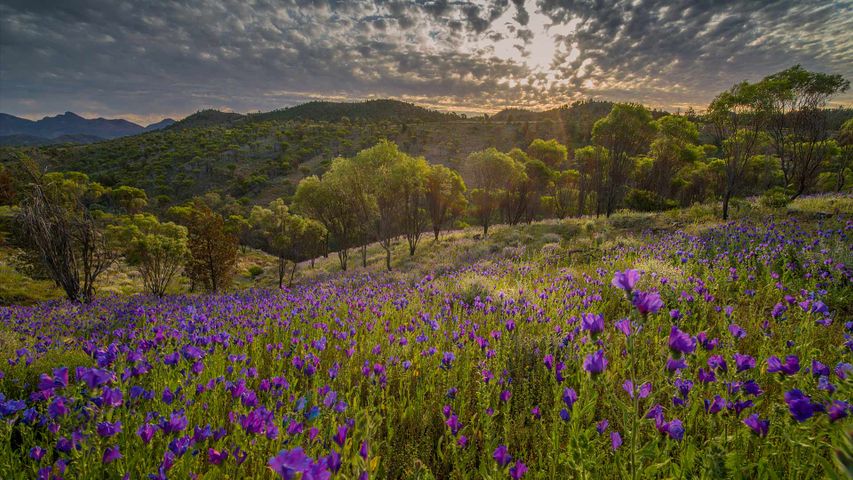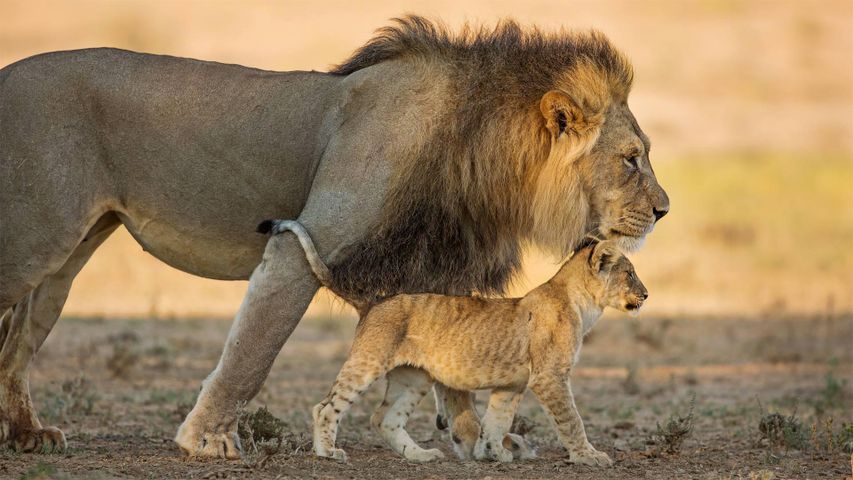Wildlife crossing, Wierden, Netherlands
© Frans Lemmens/Alam
Wildlife crossing
Wild creatures risk their lives every time they need to traverse the thousands of highways humans have constructed through wildlife habitat and, sadly, millions of animals are killed on roads each year. Thankfully, many countries now construct wildlife crossings – also called green bridges, ecoducts, natuurbrug (like this one in Wierden in the Netherlands) and écoponts (in France). These can be overpasses or underpasses, and they are an expensive venture.
Are they worth it? Well, officials in Banff National Park in Alberta, Canada, would say categorically yes. Over the span of 20 years they built 44 bridges and underpasses so wildlife could cross the Trans-Canada Highway which divides the park. During this time traffic accidents involving wildlife dropped by 80 percent.
France built the first wildlife crossing in 1960 and the private highway company AFRR continues to construct safe passageways there, but the Netherland leads the initiative, with an impressive 600-plus crossings, and counting. In fact, the Dutch have the world's longest animal crossing too – the Natuurbrug Zanderij Crailoo is an overpass that’s almost a kilometre long. Now our wildlife friends can cross the road anytime, safely.
Related Images
Bing Today Images
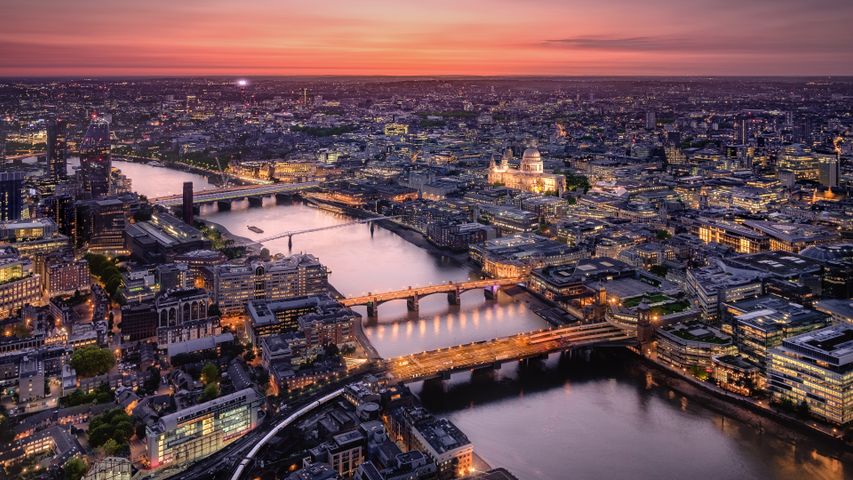



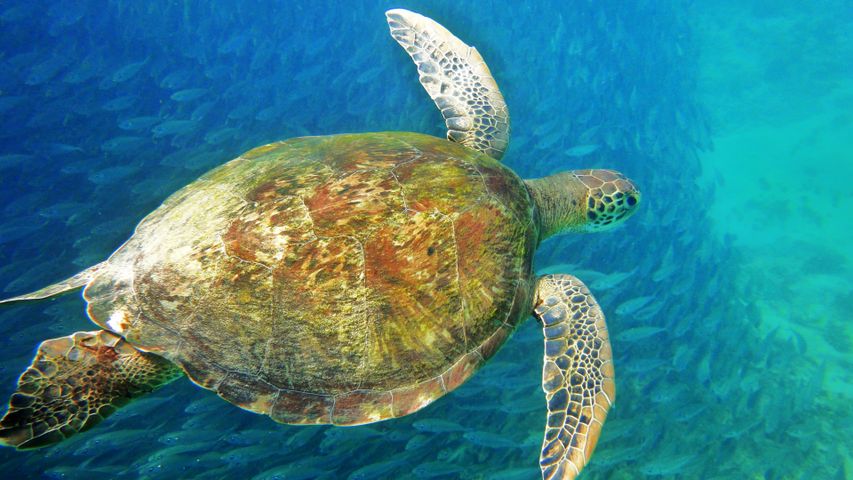 Sea turtle, Fernando de Noronha, Brazil
Sea turtle, Fernando de Noronha, Brazil
 Steller sea lions, Vancouver Island, British Columbia, Canada
Steller sea lions, Vancouver Island, British Columbia, Canada
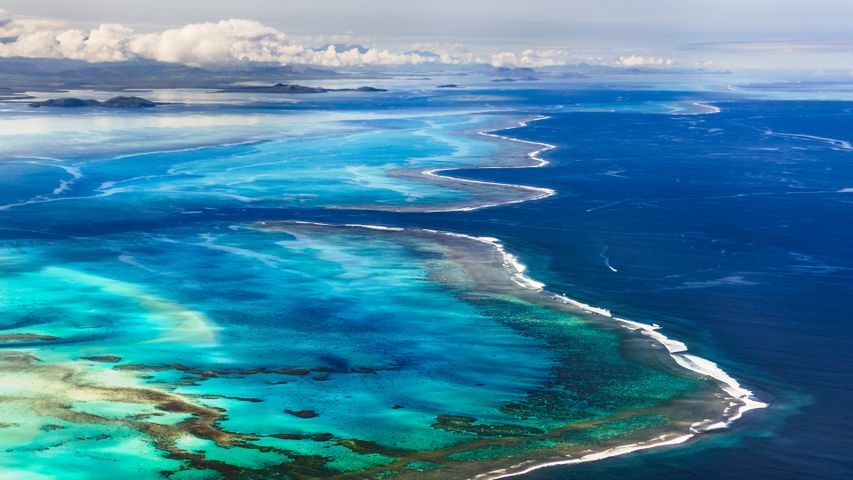 Barrier reef off Grande Terre, New Caledonia, France
Barrier reef off Grande Terre, New Caledonia, France
 Atlantic spotted dolphins near Santa Maria Island, Azores, Portugal
Atlantic spotted dolphins near Santa Maria Island, Azores, Portugal
 Manatee in Crystal River, Florida, United States
Manatee in Crystal River, Florida, United States
 Broken Beach in Nusa Penida, Bali, Indonesia
Broken Beach in Nusa Penida, Bali, Indonesia
 Aerial view of Khao Sok National Park, Surat Thani, Thailand
Aerial view of Khao Sok National Park, Surat Thani, Thailand
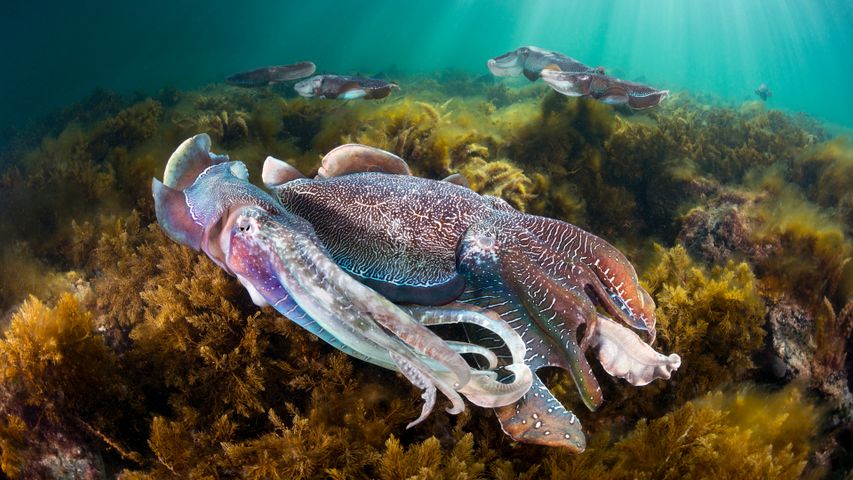 Group of giant cuttlefish in Spencer Gulf, off Whyalla, South Australia
Group of giant cuttlefish in Spencer Gulf, off Whyalla, South Australia
